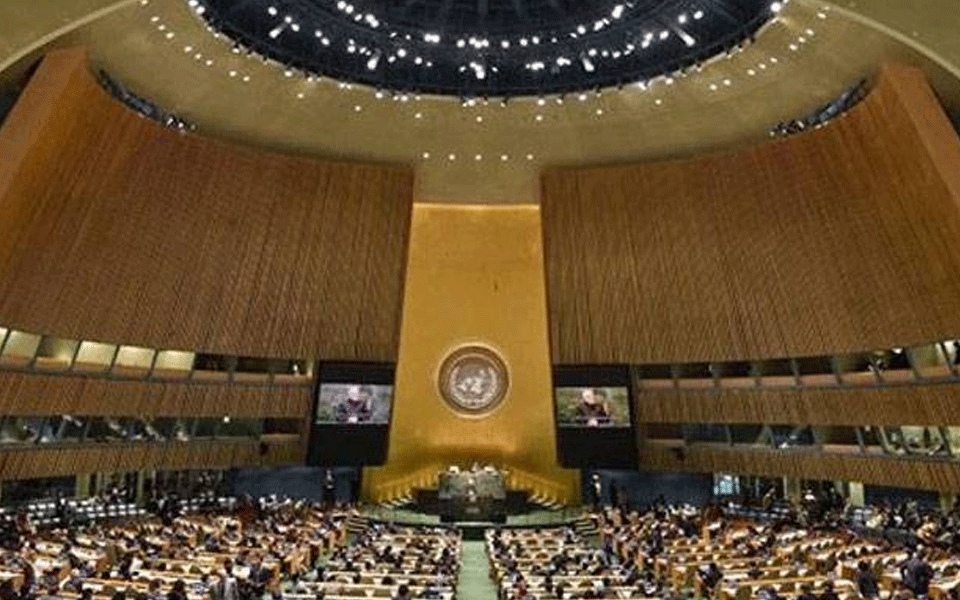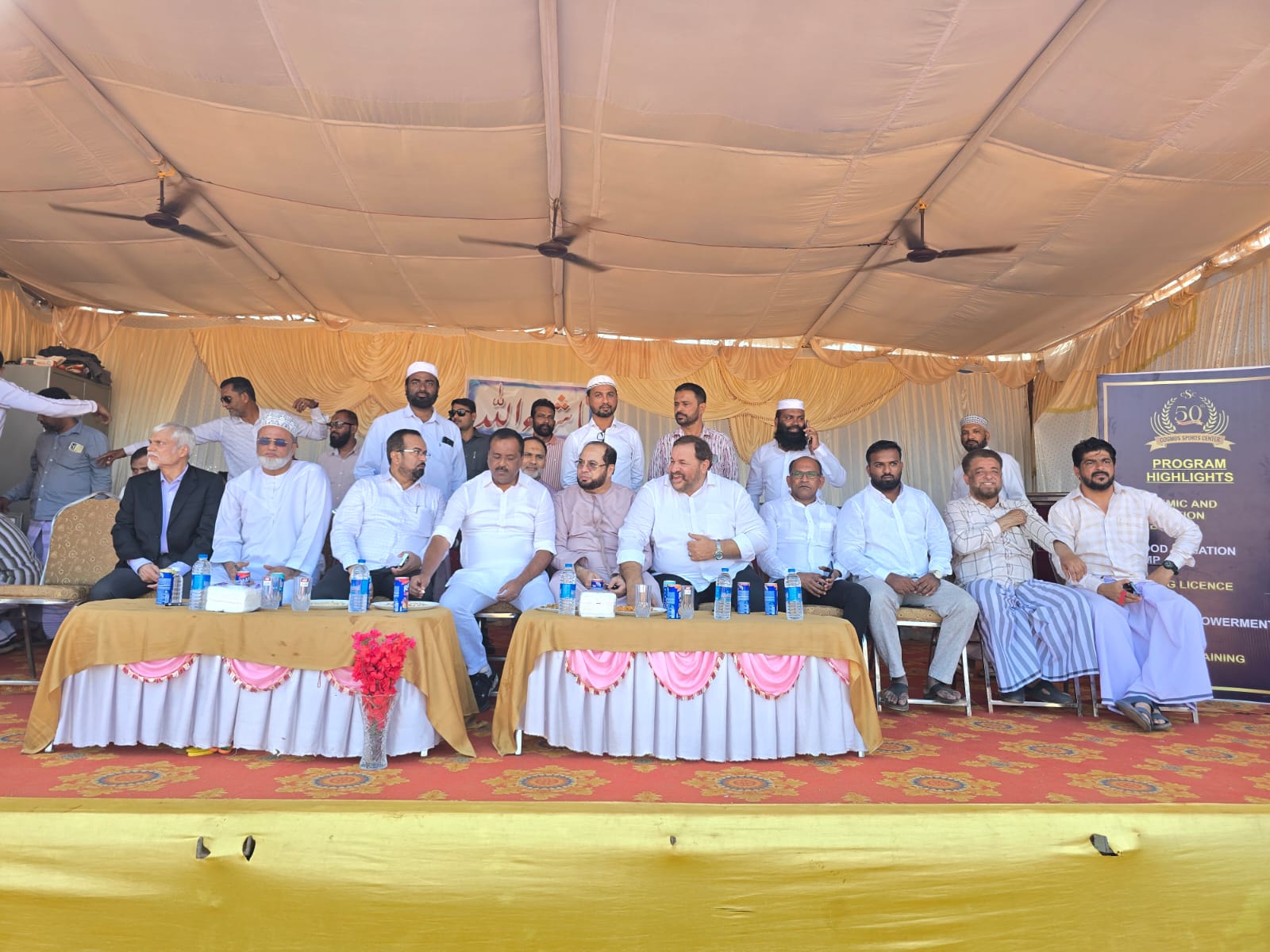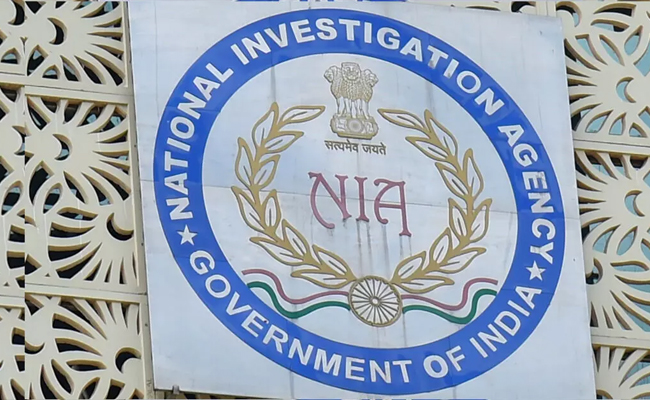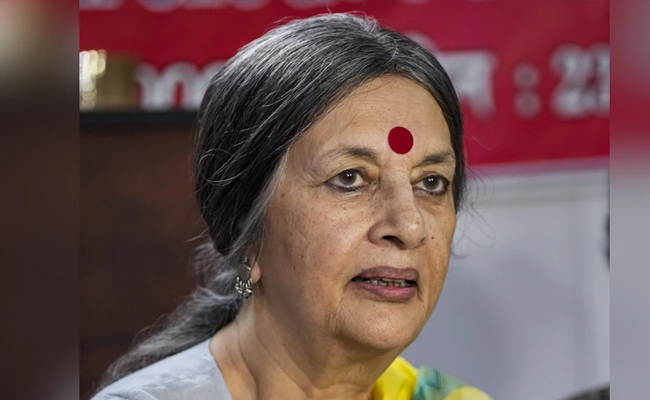United Nations/Geneva: India on Thursday abstained from voting on a draft resolution in the UN Human Rights Council on holding a debate on the human rights situation in China's restive Xinjiang region.
Human rights groups have been sounding the alarm over what is happening in the resource-rich north-western Chinese province for years, alleging that more than one million Uyghurs had been detained against their will in a large network of what Beijing calls "re-education camps".
The draft resolution on holding a debate on the situation of human rights in the Xinjiang Uyghur Autonomous Region of China was rejected in the 47-member Council after 17 members voted in favour, 19 members voted against, including China, and 11 abstentions, including India, Brazil, Mexico and Ukraine.
The draft resolution was presented by a core group consisting of Canada, Denmark, Finland, Iceland, Norway, Sweden, UK and USA, and co-sponsored by a range of states, including Turkey.
China director at Human Rights Watch, Sophie Richardson, said in a statement that for the first time in its history, the UN's top human rights body considered a proposal to debate the human rights situation in the Xinjiang region of China.
While the Council's failure to adopt the proposal is an abdication of responsibility and a betrayal of Uyghur victims, the extremely close vote highlights the growing number of states willing to take a stand on principle and shine a spotlight on China's sweeping rights violations, Richardson said.
Richardson noted that nothing will erase the stain of China's crimes against humanity, laid bare by a recent report of former UN High Commissioner for Human Rights Michelle Bachelet.
We urge incoming High Commissioner Volker Turk to brief the Council on his office's report, and we call on states, companies, and the international community to implement the report's recommendations and hold Chinese authorities accountable for their international crimes, Richardson added.
Serious allegations of human rights violations against Uyghurs and other predominantly Muslim communities in China were brought to the attention of the UN Human Rights Office and UN human rights mechanisms since late 2017.
Let the Truth be known. If you read VB and like VB, please be a VB Supporter and Help us deliver the Truth to one and all.
Mumbai (PTI): In view of Argentine superstar footballer Lionel Messi's visit to Mumbai on Sunday, the city police are implementing stringent security measures, like not allowing water bottles, metals, coins inside the stadiums and setting up watchtowers to keep an eye on the crowd, officials said.
The police also said taking extra care to avoid any stampede-like situation and to prevent recurrence of the chaotic situation that unfolded in Kolkata during Messi's visit on Saturday as thousands of fans protested inside the Salt Lake stadium here after failing to catch a clear glimpse of the football icon despite paying hefty sums for tickets.
Messi is expected to be present at the Cricket Club of India (Brabourne Stadium) in Mumbai on Sunday for a Padel GOAT Cup event followed by attending a celebrity football match. He is expected to proceed to the Wankhede Stadium for the GOAT India Tour main event around 5 pm.
"In view of Lionel Messi's visit to Mumbai, the police are geared up and have put in place a high level of security arrangements in and around the stadiums located in south Mumbai. Considering the chaos that prevailed in Kolkata and the security breach, we have deployed World Cup-level security arrangements at Brabourne and Wankhede stadiums," an official said.
Expecting heavy crowd near the stadiums during Messi's visit, the city police force has deployed more than 2,000 of its personnel near and around both the venues, he said.
As the Mumbai police have the experience of security 'bandobast' during the victory parade of ICC World Cup-winning Indian team and World Cup final match at the Wankhede Stadium, in which over one lakh cricket fans had gathered, we are prepared to handle a large crowd of fans, he said.
"We are trying to avoid the errors that occurred in the past," the official said.
There is no place to sneak inside the stadiums in Mumbai like the Kolkata stadium, according to him.
The police are also asking the organisers to provide all the required facilities to the fans inside the stadium, so that there will be no chaos, he said, adding the spectators have purchased tickets in the range of Rs 5,000 to 25,000. After paying so much of amount, any spectator expects proper services, while enjoying the event, he said.
The police are expecting 33,000 spectators at the Wankhede Stadium and over 4,000 at Brabourne Stadium. Besides this, more than 30,000 people are expected outside and around the stadiums just to have a glimpse of the football sensation, he said.
The organisers responsible for Messi's India visit recently came to Mumbai to discuss security arrangements. During the meeting, the Mumbai police asked them not to take the event lightly, according to the official.
After those requirements were fulfilled, the final security deployment was chalked out, he said.
Police has the standard procedure of the security arrangements inside the Wankhede Stadium, where people are barred from taking water bottles, metals objects, coins. Police are setting up watch towers near the stadiums and there will be traffic diversions, so that there is maximum space available to stand, according to the official.
Police are also appealing to the spectators to use public transport service for commuting and avoid personal vehicles to reach south Mumbai.
To avoid any stampede-like situation, police are also taking precautionary measures and will stop the fans some distance ahead of the stadium and public announcement systems will be used to guide the crowd. Barricades will be placed at various places to manage the crowd.
In case the crowd swells up beyond expectation, the police will divert people to other grounds and preparations in this regard underway, he said.
Additional police force has been deployed in south Mumbai to tackle any kind of situation, he said.





